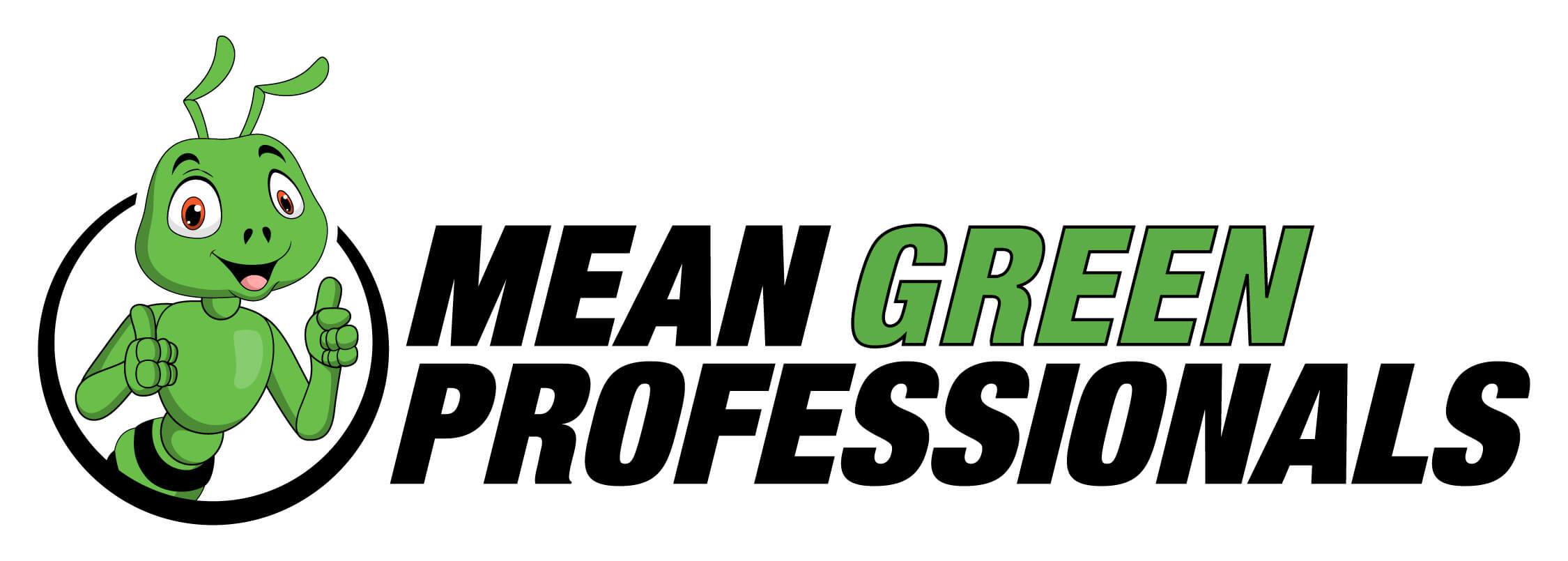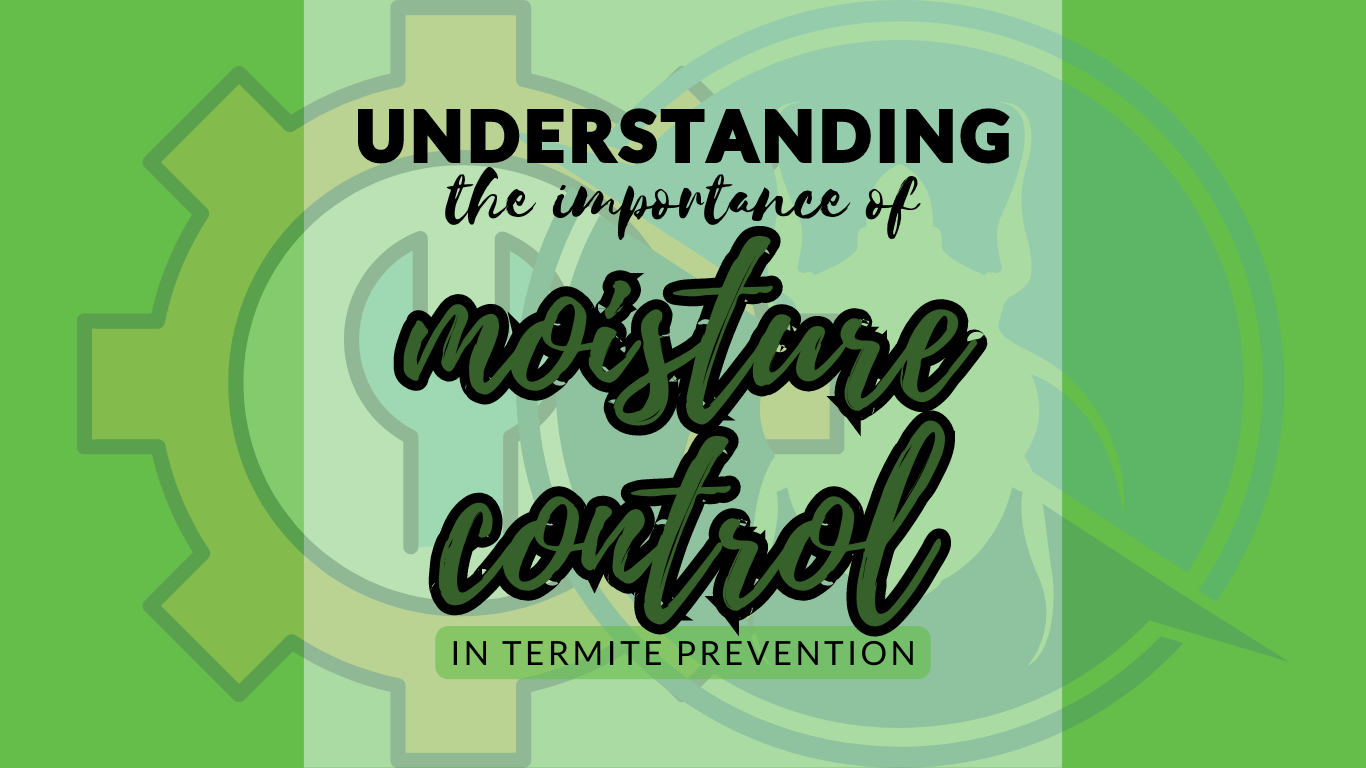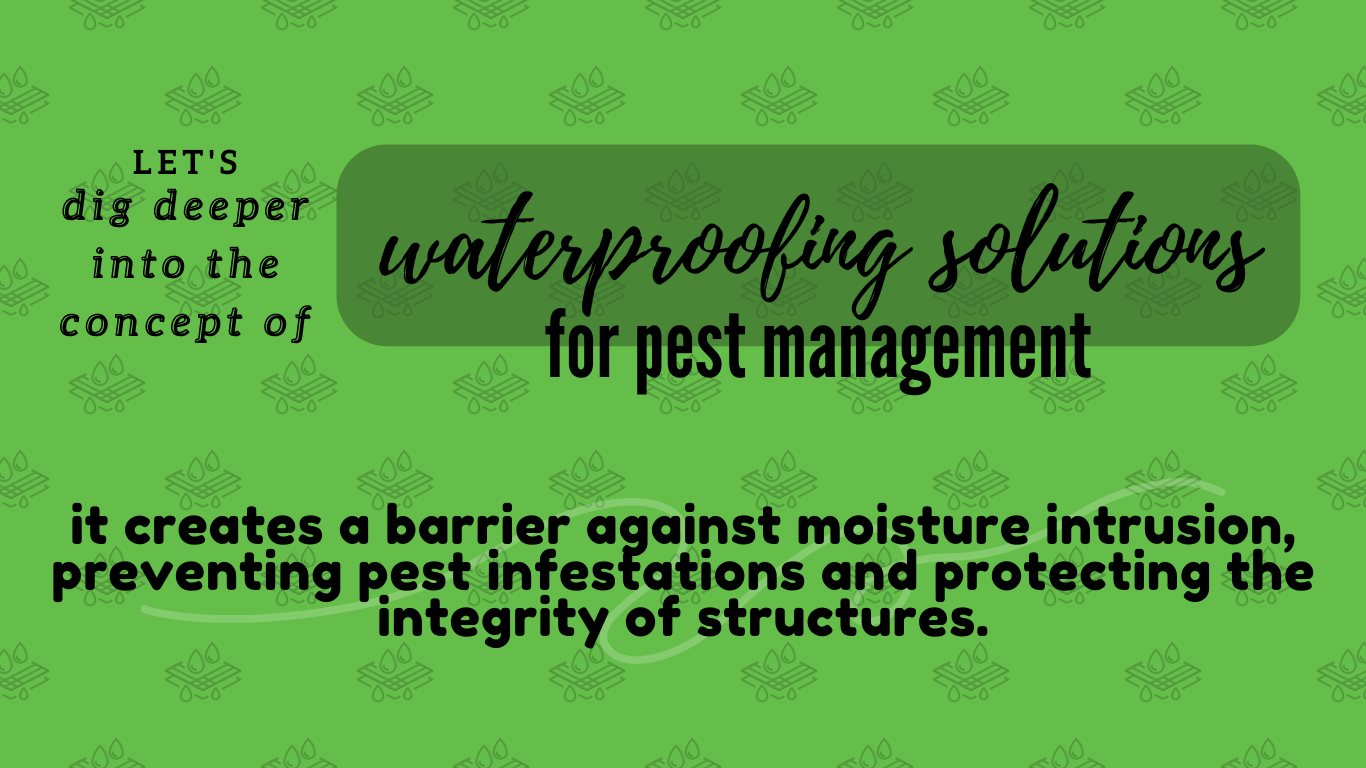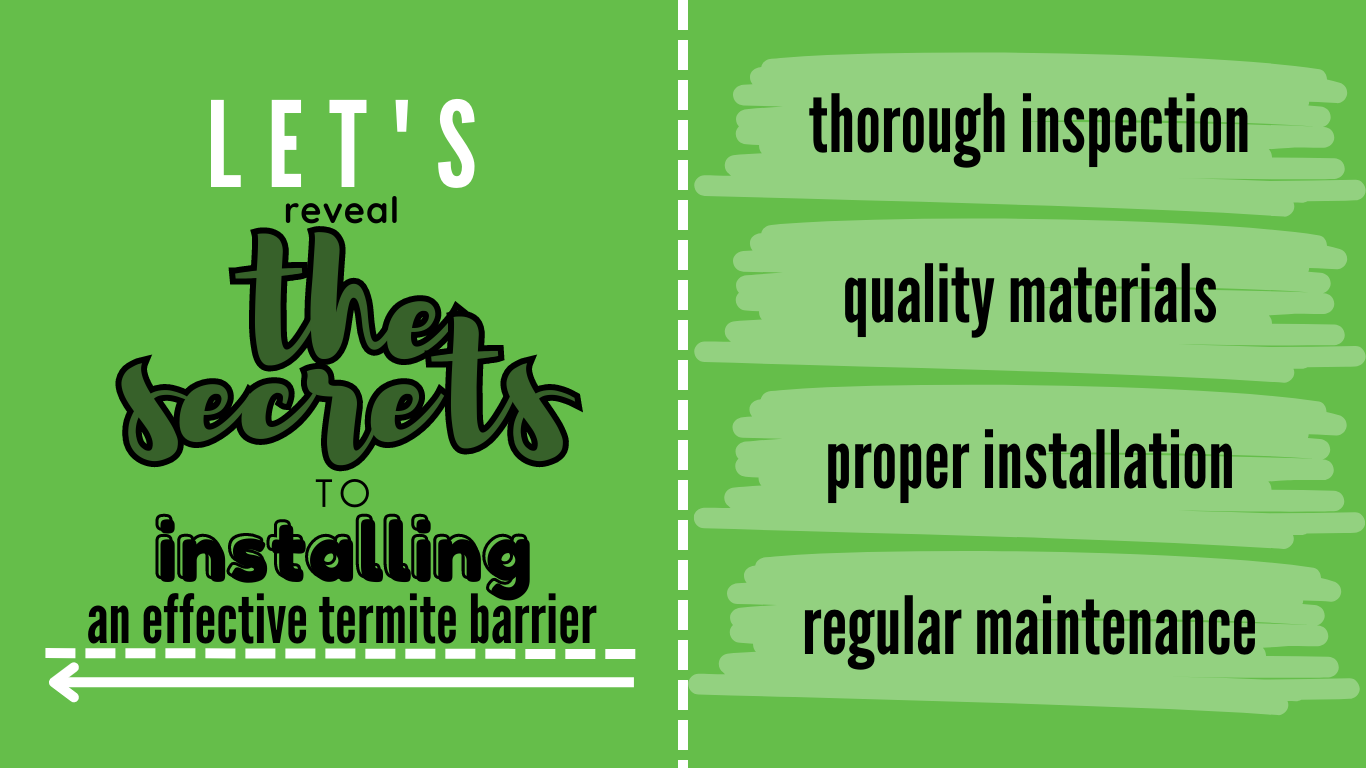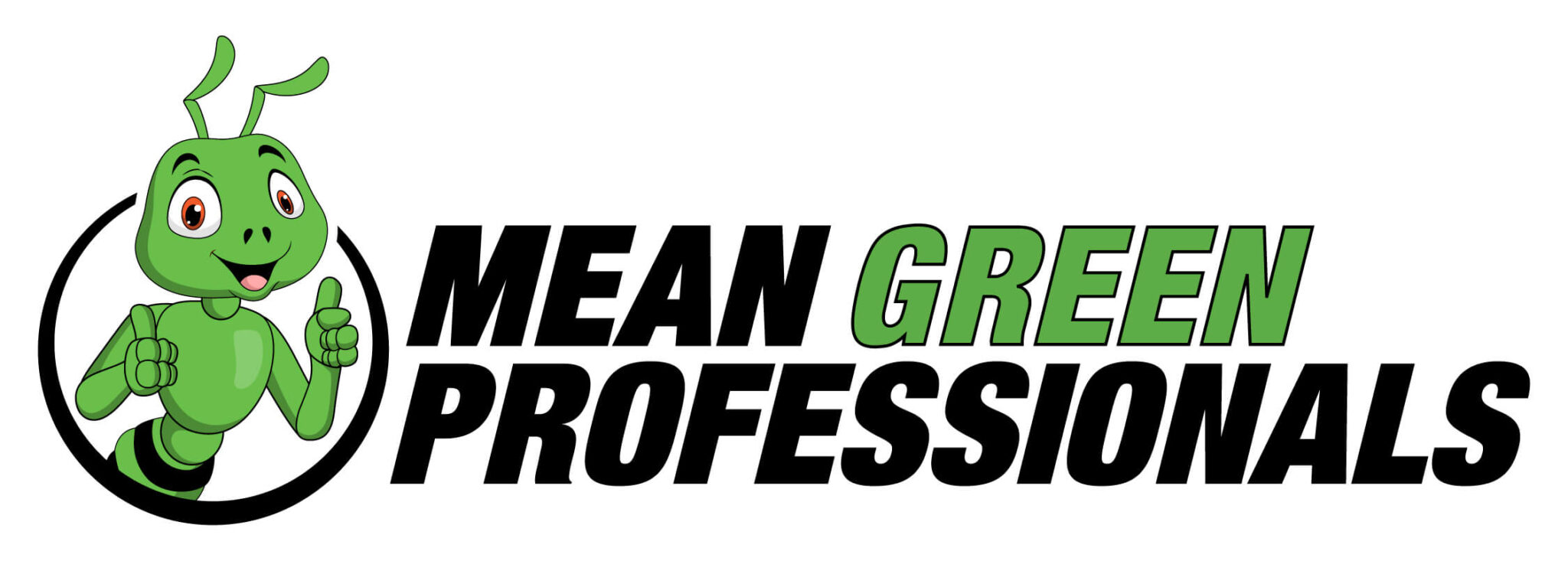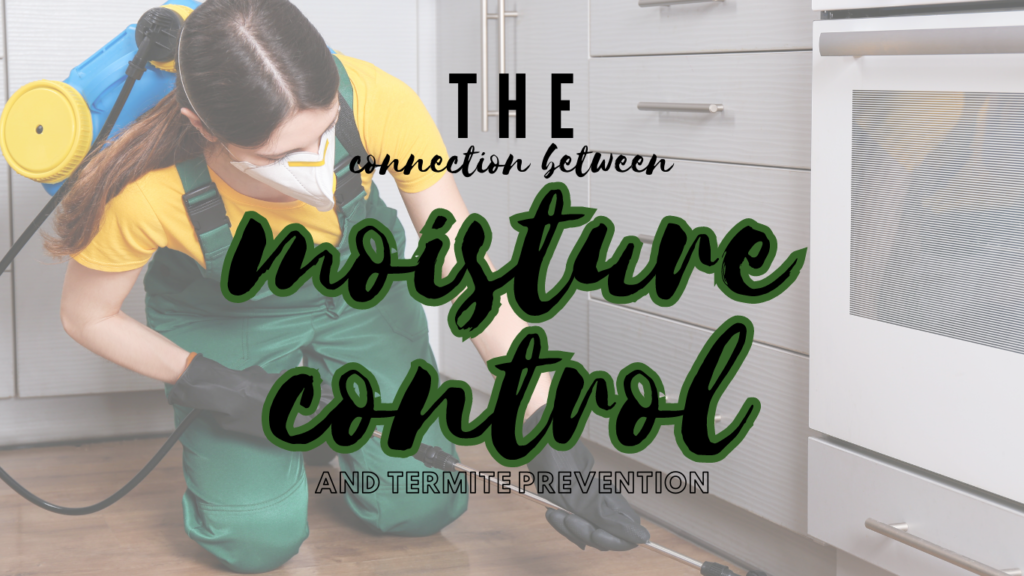
Understanding the connection between moisture control and termite prevention can feel like a daunting task.
Truth be told, when homeowners are faced with pest issues, their #1 concern is the connection between moisture control and termite prevention.
Many are unaware of how to address the issue.
But this knowledge gap separates those who suffer from recurring infestations from those who live in termite-free homes.
If you’re not sure how to effectively manage moisture levels in your home, chances are you’ll never break free from these destructive pests.
Table Of Contents:
- The Importance of Moisture Control in Termite Prevention
- Understanding Physical Termite Barriers
- Subterranean Termites – A Common Threat
- Waterproofing Solutions for Pest Management
- Integrated Pest Management (IPM) Approaches
- Installing Effective Termite Barriers
- FAQs in Relation to Connection Between Moisture Control and Termite Prevention
- What is the significance of a physical termite vapor barrier in relation to termite prevention?
- What are the terms associated with a physical termite barrier?
- How do destructive subterranean termite species impact moisture control in buildings?
- What is the relationship between crawl space waterproofing and termite prevention?
- How do good air-sealing properties contribute to termite prevention?
- Is the material’s low permeance irrelevant for crawl space vapor barrier installation?
- Should crawl space vapor barrier installation be done by pest management professionals?
- What is crawl space-specific terminology waterproofing in relation to termite prevention?
- Why is the material’s low permeance irrelevant in relation to moisture control and termite prevention?
- How does the implementation of IPM strategy approaches contribute to pest management?
- Effective moisture control is crucial for termite prevention and preserving the structural integrity of your property.
The Importance of Moisture Control in Termite Prevention
Moisture control is key in keeping those pesky termites away.
The Connection Between Moisture and Pests
Pests are like moisture magnets.
Excessive moisture not only attracts termites but also other destructive pests that can wreak havoc on your home.
Fixing leaks and decay early on can help prevent these critters from invading your space.
Vapor Barriers Vs Vapor Retarders: A Closer Look at Water Vapor Permeance Level
- A vapor barrier has a permeance level of 0.01 perms or less – this means it’s effective against water intrusion and helps with positive side moisture control.
- Physical termite barriers, like under-slab physical termite barriers, also play a significant role in termite prevention.
- Negative side protection comes from materials with good air-sealing properties, making the material’s low permeability irrelevant when used for crawl space waterproofing solutions.
Understanding how these barriers work is essential for an environmentally friendly approach to termite prevention.
Understanding Physical Termite Barriers
If you want to keep termites away, you need to know about physical termite barriers.
They’re like the bouncers of the termite world.
These barriers are designed to stop those pesky subterranean termites from getting into your home.
Various kinds exist, each operating in its own way.
Vapor Barriers Vs Vapor Retarders
When it comes to pest management, there are two terms you should know: vapor barriers and vapor retarders. But what’s the difference?
A vapor barrier is like a fortress, with a water vapor permeance level of less than 0.1 perms.
A vapor retarder is like a tough bouncer, allowing some moisture passage but still keeping it under control.
The Under-Slab Physical Barrier Methodology
An under-slab physical termite barrier is like a superhero.
It not only keeps termites out but also controls moisture under concrete slabs. Talk about multitasking.
Familiarizing With The Terms Involved In Physical Termite Barriers
- “Under-slab”: It’s like the secret hideout for these barriers, right under the concrete floors.
- “Physical”: It’s all about being tangible and hands-on in stopping those termites.
- “Barrier”: It’s like a big “No Entry” sign for termites trying to sneak in from the soil below.
Subterranean Termites – A Common Threat
If you’re a homeowner, chances are you’ve heard of subterranean termites.
These pesky critters can be a real headache for homeowners.
They’re the most common native subterranean termite species in the U.S., and they love snacking on your precious wood.
Identifying Subterranean Termites
So, how do you spot these destructive critters? Look out for their mud tubes, like little highways, for termites.
These tubes connect their nest to their favorite food sources, like the wood in your home.
Talk about a termite road trip.
Oh, and let’s not forget about the Formosan termites.
They’re like the bullies of the termite world, causing even more damage.
Fear not; we have a few tricks to keep the Formosan termites at bay.
Stay tuned for the next section.
Waterproofing Solutions for Pest Management
In the battle against pests, especially termites, positive waterproofing solutions are your best friend.
They keep the critters out and create a healthier home environment.
Crawl Space Vapor Protection
Don’t forget about the crawl space.
A common under-slab vapor barrier can be a game-changer in keeping those pesky termites away.
Negative Side Moisture Protection vs Positive Side Moisture Control: What’s The Difference?
When it comes to dealing with water issues at home, you might have heard of negative-side moisture protection and positive-side moisture control.
Negative-side systems redirect water that has already entered, while positive-side methods prevent it from entering in the first place.
If you want to keep termites at bay, prevention is key.
That’s why experts recommend using physical termite barriers like foundation vapor control material or specific vapor-proofing products designed for this purpose.
Spray Polyurethane Foam (SPF) As A Barrier
An innovative solution gaining popularity is Spray Polyurethane Foam (SPF).
It forms a barrier with low water vapor permeance, keeping unwanted dampness and termites away.
Plus, it seals gaps to maintain optimal indoor humidity levels.
Integrated Pest Management (IPM) Approaches
The pest management game is changing, and it’s getting greener.
We’re shifting towards an environmentally friendly approach that kicks pests to the curb while keeping Mother Nature happy.
Role of Pest Management Pros
Pest management pros are leading the charge with their IPM expertise.
What’s the secret weapon? Integrated Pest Management (IPM).
This clever method combines techniques like biological control, habitat manipulation, and cultural practice tweaks to outsmart pests instead of just squashing them.
It’s all about pest brainpower, not just brute force.
Borate – A Termite Repellent MVP
Borate salts are the MVPs of pest control, especially when it comes to termites.
Sunlight: The Ultimate Pest Zapper
Did you know that direct sunlight can fry termites and zap excess moisture?
It’s like a two-for-one deal for your home’s moisture control.
By combining these strategies, we create an integrated approach that keeps pests out and the environment happy.
Next up: let’s dig deeper into the world of under-slab physical barriers and common vapor barriers.
Installing Effective Termite Barriers
The fight against termites doesn’t end with moisture control.
Let’s dive deeper into termite barriers, like under-slab physical barriers and common under-slab vapor barriers.
Solidifying Your Home’s Defense
These tools in our pest management strategy are not just regular shields; they come equipped with good air-sealing properties that make a material’s low permeance irrelevant.
A Look at Under-Slab Physical Barriers
An under-slab physical barrier serves as an impenetrable shield between your home and these destructive pests.
- This barrier can be installed during construction or retrofitted later on for existing structures.
- Poured concrete slabs serve as excellent natural deterrents since subterranean termites cannot chew through them.
Vapor Barriers – A Double-edged Sword Against Termites & Moisture
Vapor protection comes next. Common under-slab vapor barriers provide both termite and moisture protection.
FAQs in Relation to Connection Between Moisture Control and Termite Prevention
What is the significance of a physical termite vapor barrier in relation to termite prevention?
A physical termite vapor barrier prior to construction is installed as this acts as a protective layer against subterranean termite infestations, reducing the risk of structural damage and providing long-term termite prevention.
What are the terms associated with a physical termite barrier?
Terms commonly associated with a physical termite barrier terms include termite shield, termite membrane, or termite barrier, all referring to a physical barrier designed to deter termite entry into a building.
How do destructive subterranean termite species impact moisture control in buildings?
Destructive subterranean termite species are attracted to moisture and thrive in environments with high moisture content.
Effective moisture control measures are crucial in preventing termite infestations.
What is the relationship between crawl space waterproofing and termite prevention?
Crawl space waterproofing, including the installation of vapor barriers and proper drainage systems, helps create a dry environment that discourages termite activity, reducing the likelihood of infestations.
How do good air-sealing properties contribute to termite prevention?
Good air sealing properties in a building, such as sealing cracks and gaps, not only enhance energy efficiency but also act as a deterrent against termite entry, as they restrict access points for these pests.
Is the material’s low permeance irrelevant for crawl space vapor barrier installation?
No, the material’s low permeance is crucial in crawl space vapor barrier installation.
It ensures that the barrier effectively prevents moisture and vapor from entering the crawl space, thus reducing the risk of termite infestations.
Should crawl space vapor barrier installation be done by pest management professionals?
Yes, crawl space vapor barrier installation is best carried out by experienced pest management professionals who have the knowledge and expertise to ensure proper installation and effective termite prevention measures.
What is crawl space-specific terminology waterproofing in relation to termite prevention?
In crawl space waterproofing for termite prevention, specific terminology includes the installation of vapor barriers, proper drainage systems, and sealing of cracks and gaps to create a dry environment that deters termite activity.
Why is the material’s low permeance irrelevant in relation to moisture control and termite prevention?
The material’s low permeance is irrelevant because termite prevention relies on creating a moisture barrier rather than focusing on the material’s permeability.
The goal is to prevent moisture buildup and create unfavorable conditions for termites, regardless of the material’s permeability.
How does the implementation of IPM strategy approaches contribute to pest management?
IPM strategy approaches pest management by integrating various methods to effectively address and control pests while considering environmental impact.
Effective moisture control is crucial for termite prevention and preserving the structural integrity of your property.
The connection between moisture control and termite prevention has been revealed!
Moisture control is your secret weapon against termite infestations.
It’s the unsung hero, often overlooked in pest prevention strategies.
The key lies in understanding that termites thrive where moisture does. Excessive dampness creates a haven for these destructive pests.
Physical barriers and waterproofing solutions are more than just buzzwords; they’re essential tools to keep your home termite-free.
Vapor barriers and vapor retarders – each has its unique role in maintaining an inhospitable environment for termites.
Beware of subterranean termites, especially Formosan ones – their aggression knows no bounds!
An integrated approach to pest management can be a game-changer. Borate repellents and sunlight treatments work wonders when used correctly.
But remember, DIY methods have their limits.
Professional help from Mean Green Pest Pros ensures you get the most effective eco-friendly solutions tailored specifically to your needs.
Ready to regain mastery over your abode?
Say goodbye to unwanted guests with our organic ingredients boasting natural insect-repellent properties.
Your journey towards a termite-free home starts today.
Contact Mean Green Pest Pros today to schedule an appointment!
